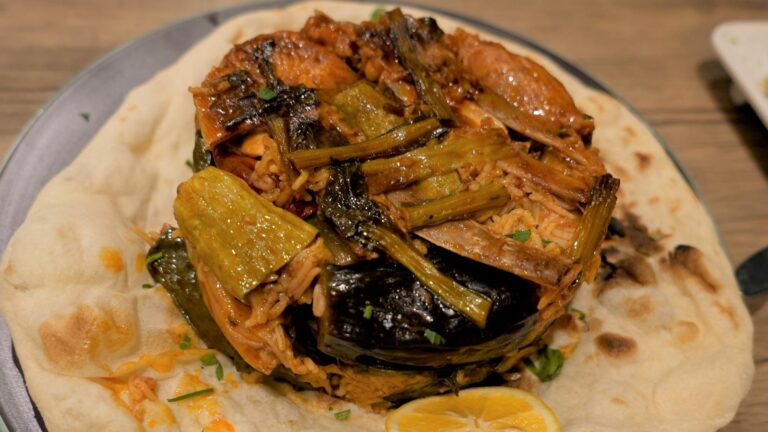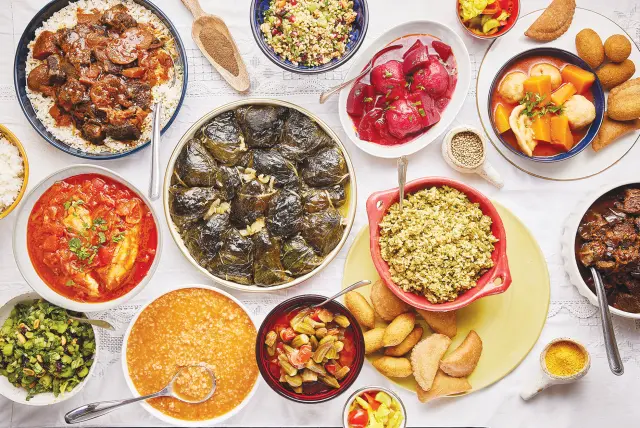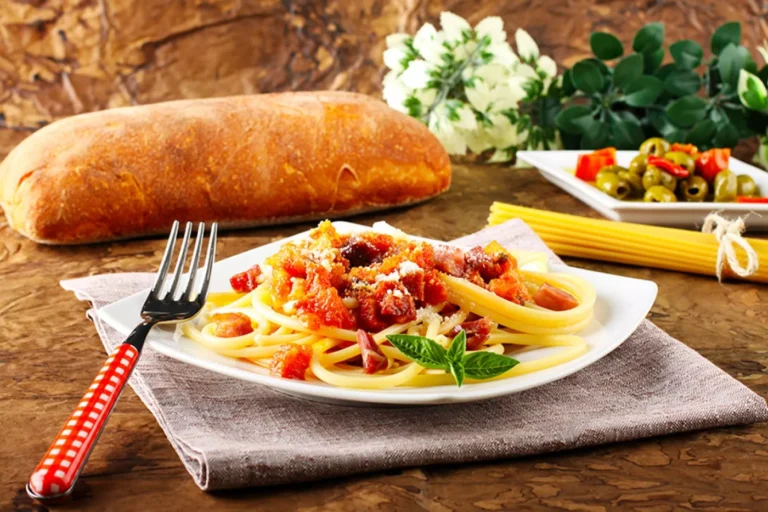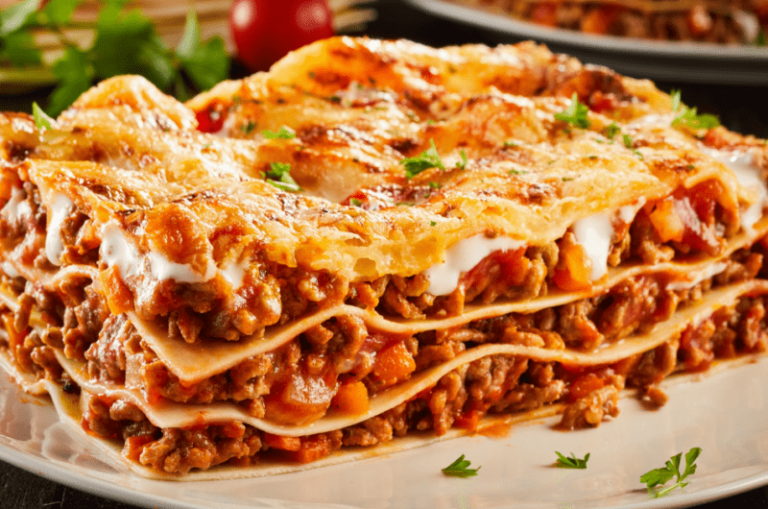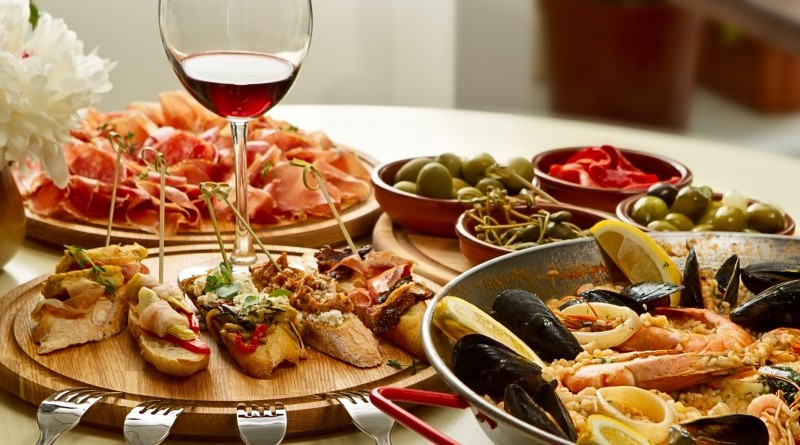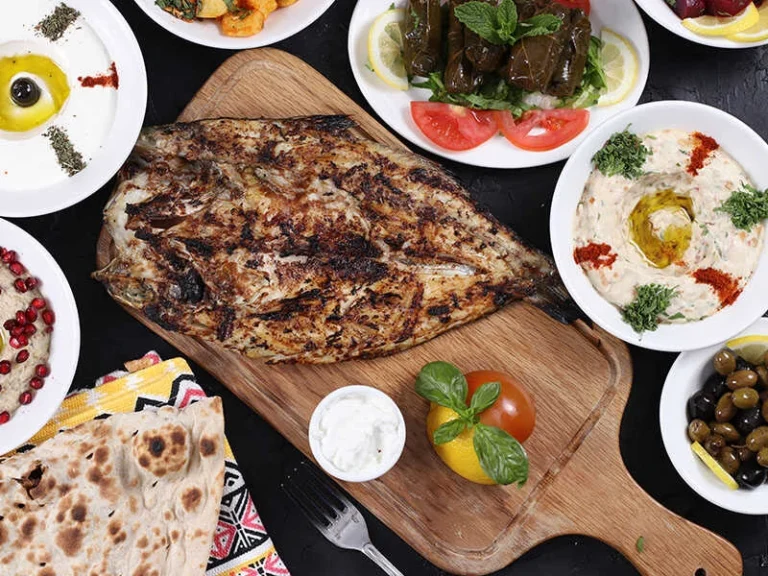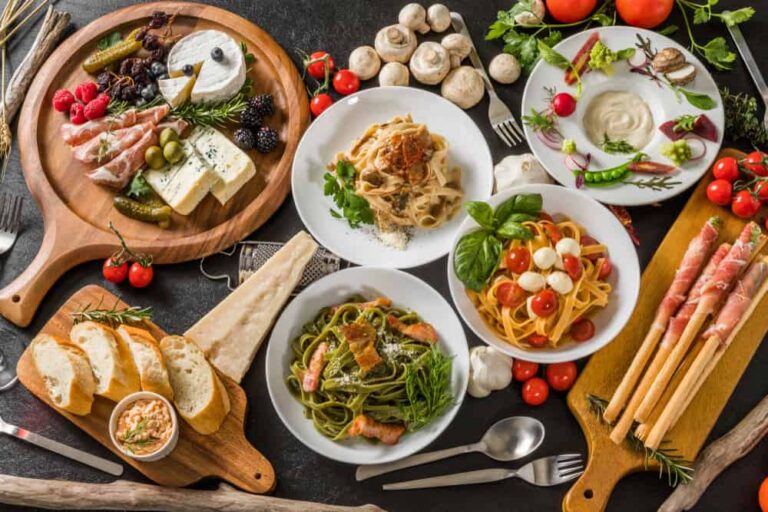Introduction: Vegetarianism in Italian cuisine
Italian cuisine is famous for its rich flavors, seasonal ingredients, and variety of dishes. However, it is also known for its heavy reliance on meat, particularly pork and beef. Despite this, the cuisine does offer a range of vegetarian options for those who prefer a meat-free diet. From appetizers to desserts, Italian cuisine has a lot to offer to vegetarians.
Appetizers: Bruschetta, Caprese salad, and more
Appetizers are an important part of Italian cuisine, and there are plenty of vegetarian options to choose from. Bruschetta, a classic Italian antipasto, is a perfect example. Made with toasted bread, olive oil, garlic, and fresh tomatoes, it is a simple yet delicious starter. Caprese salad, made with fresh mozzarella, tomatoes, and basil, is another popular vegetarian option. Other appetizers to try include marinated olives, grilled vegetables, and crostini topped with mushrooms, beans, or cheese.
Pasta dishes: Classic spaghetti with tomato sauce
Pasta dishes are a staple of Italian cuisine, and there are plenty of vegetarian options to choose from. Classic spaghetti with tomato sauce is a simple yet satisfying dish that can be made with just a few ingredients. Other options include pasta alla Norma, made with eggplant and ricotta cheese, and pasta with pesto sauce, made with basil, pine nuts, and Parmesan cheese. For a heartier dish, try vegetarian lasagna, made with layers of pasta, tomato sauce, and cheese.
Risotto variations: Mushroom, asparagus, and more
Risotto is a creamy Italian rice dish that can be made with a variety of ingredients. Vegetarian options include mushroom risotto, made with porcini or shiitake mushrooms, and asparagus risotto, made with fresh asparagus and Parmesan cheese. Other variations include pumpkin risotto, made with roasted pumpkin and sage, and tomato and basil risotto, made with fresh tomatoes and basil leaves.
Pizza options: Margherita, marinara, and more
Pizza is a beloved Italian dish that can be made with a variety of toppings. Vegetarian options include the classic Margherita, made with tomato sauce, mozzarella cheese, and fresh basil, and the Marinara, made with tomato sauce, garlic, and oregano. Other options include pizza with roasted vegetables, pizza with artichokes and olives, and pizza with truffle oil and mushrooms.
Desserts: Tiramisu, panna cotta, and more
Italian desserts are known for their rich, creamy flavors and use of seasonal ingredients. Vegetarian options include tiramisu, made with layers of ladyfingers, mascarpone cheese, and espresso, and panna cotta, a creamy custard-like dessert flavored with vanilla or berries. Other options include gelato, a type of Italian ice cream made with milk, sugar, and various flavors, and cannoli, a Sicilian pastry filled with sweet ricotta cheese.
Conclusion: Enjoying vegetarian Italian cuisine
In conclusion, Italian cuisine offers plenty of vegetarian options for those who prefer a meat-free diet. From appetizers to desserts, there are many delicious dishes to choose from, including bruschetta, spaghetti with tomato sauce, mushroom risotto, Margherita pizza, tiramisu, and panna cotta. By exploring these options, vegetarians can enjoy the rich flavors and variety of Italian cuisine.


